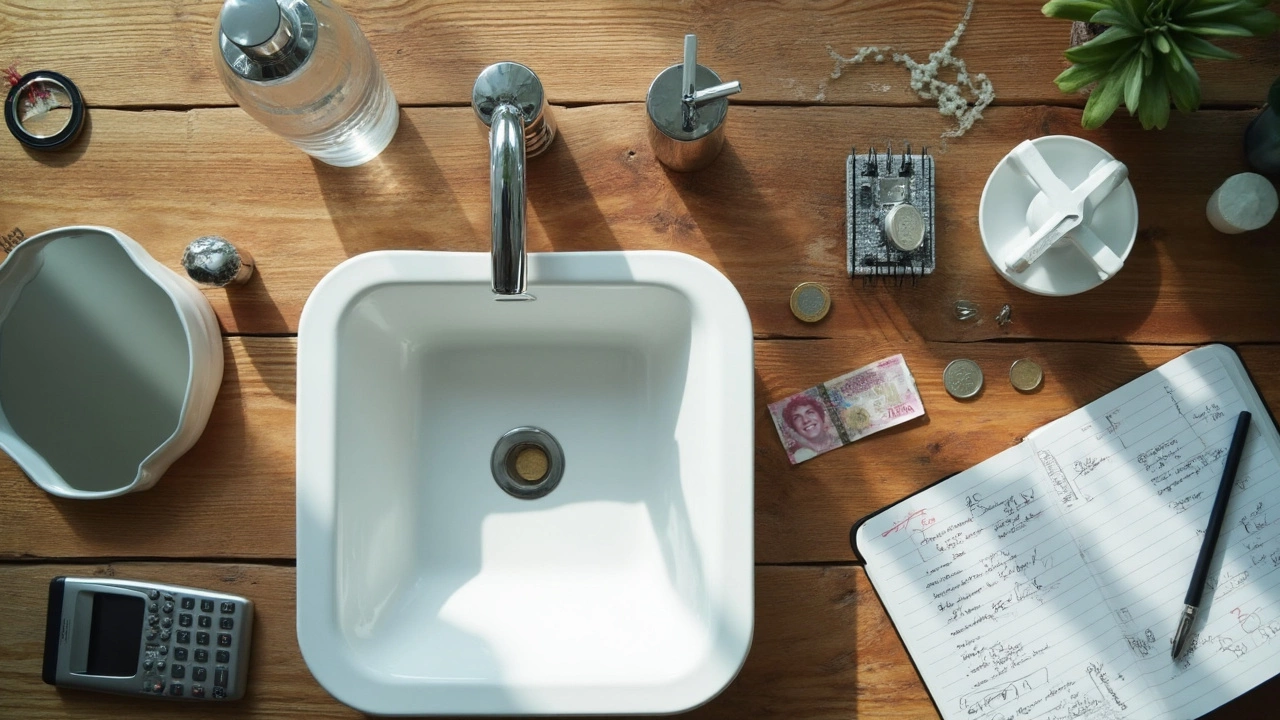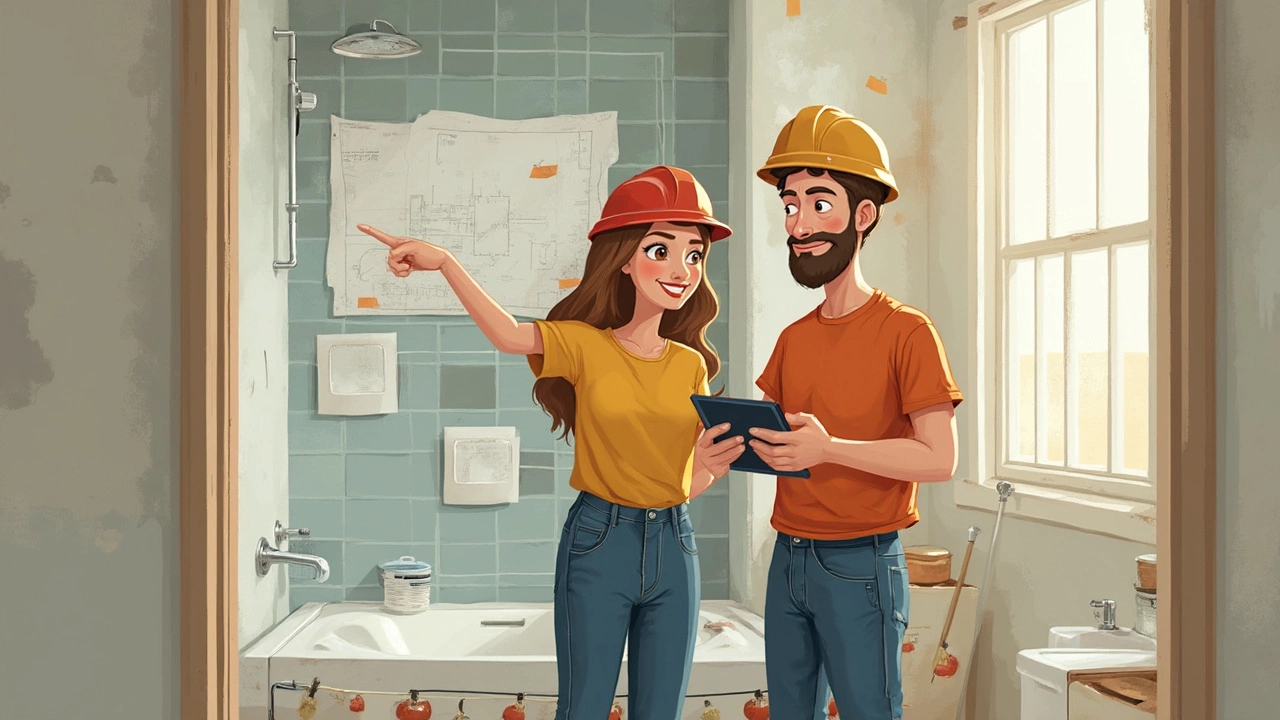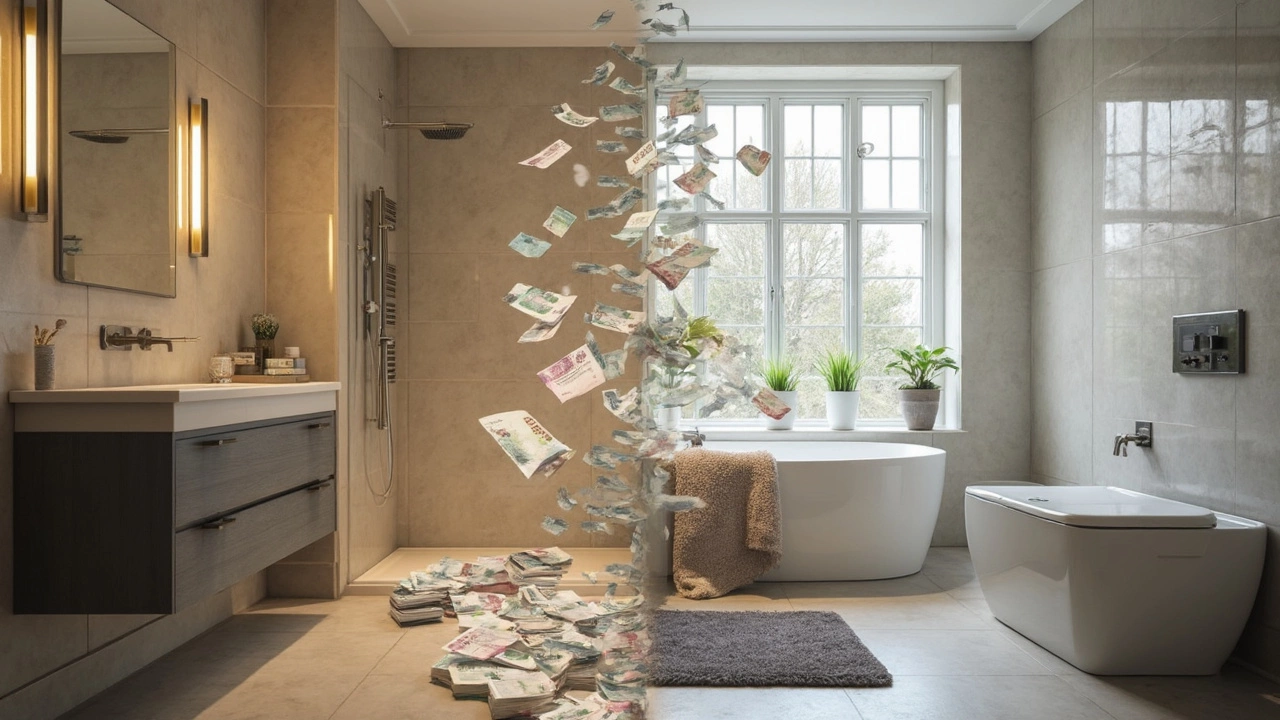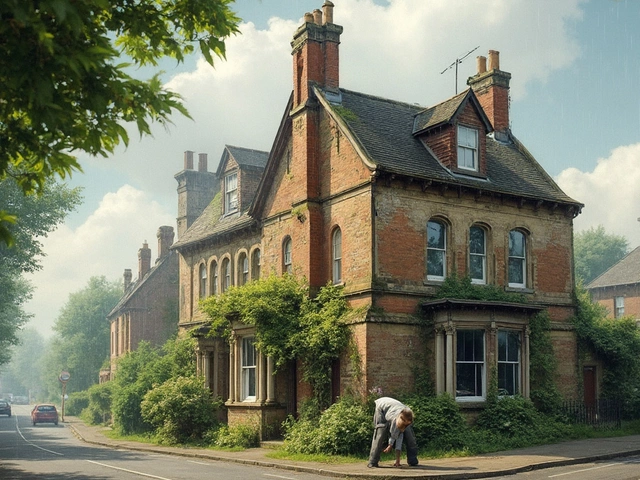Picture this: you dream about turning your tired old bathroom into a spa haven, but when the quotes come in, your jaw hits the floor. Some people spend more on a bathroom remodel than they do on their first used car. It’s wild. Want to know what’s really chewing through your budget? There’s one monster culprit, and once you see how the numbers add up, everything suddenly makes sense.
The True Budget Buster: The Most Expensive Part of a Bathroom Remodel
The rumor on Reddit circles and in home improvement blogs is that tile is what drains your wallet. But if you talk to contractors or people who’ve recently remodeled, one thing sticks out: labor, especially for plumbing and moving fixtures, eats up the biggest chunk. Materials matter, sure, but let’s dig into why labor is the real king of the hill when it comes to costs.
Let’s start with the numbers. According to Remodeling Magazine’s 2024 Cost vs. Value Report, the average cost for a mid-range bathroom remodel in the U.S. is $24,606. Guess what? Labor typically accounts for 40% to 65% of that price. That means you could be paying anywhere from $9,800 to over $16,000 just for skilled hands—plumbers, electricians, tile setters, and carpenters. Crazy, right?
Why is labor so pricey? Think about the work involved: your average DIYer can swap a light fixture, but moving a toilet or a tub means cutting into floors, running new pipes, and making sure everything meets strict building codes. Plumbers alone can charge $65 to $200 per hour depending on your city and the complexity. If you have to re-route plumbing lines, it gets even pricier—especially in older homes where nothing is quite where you expect.
But wait, there’s more: if you change the bathroom layout (moving your toilet from one wall to another or swapping a tub for a walk-in shower), you unlock a massive Pandora’s box of extra work. Suddenly, you’re not just painting or changing hardware; you might have to rip out walls, reroute drains, update electric wiring, and maybe even modify ventilation. Every extra move means more labor hours, more specialty permits, and more coordination across trades.
Let’s look at it in table form for a real sense of how the dollars split up in the average remodel:
| Category | Percentage of Total Cost | Typical Price Range |
|---|---|---|
| Labor (plumbing, electrical, tile, carpentry) | 40-65% | $9,800–$16,000 |
| Fixtures & Materials | 30-45% | $7,400–$11,000 |
| Permits & Inspections | 2-5% | $500–$1,200 |
| Design Fees (if any) | 2-4% | $500–$1,000 |
Let me tell you, materials like tile and vanities are eye-catching and expensive, but they rarely outpace professional labor in cost. Think about it: a luxury tile at $20 per square foot stings, until you find out laying it diagonally (instead of straight) could double your tile setter’s time, which is where the dollars really rack up.
Then there’s specialty work. Maybe you want radiant heated floors or a fancy multi-head shower. Installing those means extra planning, electrical work, and precise plumbing that only experienced pros can handle. With every specialty upgrade, skilled labor hours go up—and so does your bill.
Here’s the thing: a smart hack is to keep the plumbing and major fixtures where they are. The fewer things you move, the less you pay in labor. If you’re dying for a dramatic change, though, at least go in knowing that's what will light your wallet on fire.

Materials and Fixtures: The Runner-Up in Price Wars
Most people swoon over curb-less showers, clever storage, and high-tech toilets. But after labor, the next biggest drain on your bathroom remodel fund comes from materials and fixtures. The price swing here is massive—you can get a Home Depot vanity for $300, or a custom walnut one for $4,000. Faucets range from $45 for a basic single-handle chrome job, up to $1,500 for some Italian designer masterpiece. Tile is a danger zone: basic subway tile costs $2–$5 a square foot, but marble mosaic or glass tile can balloon that to $50 per square.
Shower systems get expensive fast if you want body jets and rainfall showerheads. Then there’s the tub debate—freestanding soaker tubs are stylish, but can cost as much as $2,000 before you even pay a plumber to install it. And toilets? You can drop $180 on a standard commode or $7,000 on a Toto Neorest. No typo. Yes, people do pay that much, usually for the high-tech bidet features and minimalist looks.
Cabinetry and countertops are other big-ticket items. Quartz and granite are top picks for durability, and the national average hovers around $60–$120 per square foot installed. Materials like Corian and cultured marble can save a bit, but natural stone or specialty finishes (think backlit onyx) go way up.
If the thought of numbers makes your head spin, here’s a quick table of sample fixture/material prices:
| Material/Fixture | Low-End Cost | High-End Cost |
|---|---|---|
| Vanity | $300 | $4,000+ |
| Toilet | $180 | $7,000 |
| Bathtub | $400 | $8,000 |
| Tile (per sq ft) | $2 | $50 |
| Countertops (per sq ft) | $40 | $200 |
| Shower System | $250 | $5,000+ |
If you’re on a tight budget, here's a trick: pair mid-range pieces with one big showstopper. Maybe you want an epic vanity mirror, but keep the tile simple. Or go all-in on that rainfall shower, but save on basic sinks. Mixing and matching lets you get drama without maxing out your credit card.
Also, don’t underestimate the long-term cost-savers. Water-saving toilets and LED lights cost more up front but cut utility bills for years. And skip trendy stuff that’ll look dated in five years—you don’t want to spend thousands fixing someone else’s taste mistake in a decade.

Ways to Dodge Sticker Shock: Smart Tips to Control Remodeling Costs
So, now you know that moving plumbing is the silent wallet killer and those designer fixtures can tip the scale. Is there any way to keep your remodel from turning into a money pit? Totally. The first tip: keep your bathroom layout the same whenever possible. Resisting the urge to shuffle the location of the tub, toilet, or shower keeps demolition and plumbing work to a minimum. That single choice can save you thousands—no exaggeration.
Next, do some legwork before calling in the pros. If you tear out old cabinets or tile yourself (only if you’re up for the dust and grunt work), you’ll cut out hours of paid demolition labor. But pay attention: avoid touching anything tied to plumbing or electricity, or you could end up with a burst pipe or fire hazard to boot.
Another trick? Shop sale periods or look for floor model discounts for things like vanities, sinks, and lighting. Sometimes showrooms will let a model go for half the sticker price to make space for new stuff. Signing up for newsletters from plumbing or tile stores can also score you advance notice of clearance sales or manager specials.
For labor, get at least three written quotes and ask for itemized breakdowns. Contractors’ rates vary by city by as much as 20–40%. If you’re clear about your plans and timeline, you might be able to negotiate for some flexibility—weekday jobs and work in off-peak seasons can come at a discount.
Don’t forget hidden costs, like permits and inspections. Especially if you’re opening up walls or moving plumbing, the city might want to make sure everything’s safe and up to code. Expect $500–$1,200 in permit fees for major remodels depending on your zip code.
Here are some extra low-key tips to keep your project in check:
- Limit custom-built features; standard sizes install quicker and cost less.
- Opt for semi-custom or stock cabinets instead of full custom builds.
- Use large-format tiles—they look modern and go in faster, saving on labor hours.
- Pick classic, neutral finishes and add personality with easy-to-change accents like towels and hardware.
- If you love a premium finish—limestone, exotic woods—use it in one spot only, like a shower accent wall.
- Remember: quality fixtures where water flows (faucets, shower valves) last longer and save on plumber call-backs
Don’t get starry-eyed at TV show reveals—their costs are often subsidized or filmed over months with hidden armies of workers. Real-life remodels take more time, more patience, and, yes, more money. So before you rip out that old tub or dream about heated floors, check with local pros, plan your splurges, and don’t underestimate what goes on behind the walls. The real magic—and the real cost—lives in the pipes, wires, and expertise you never see but always need.





